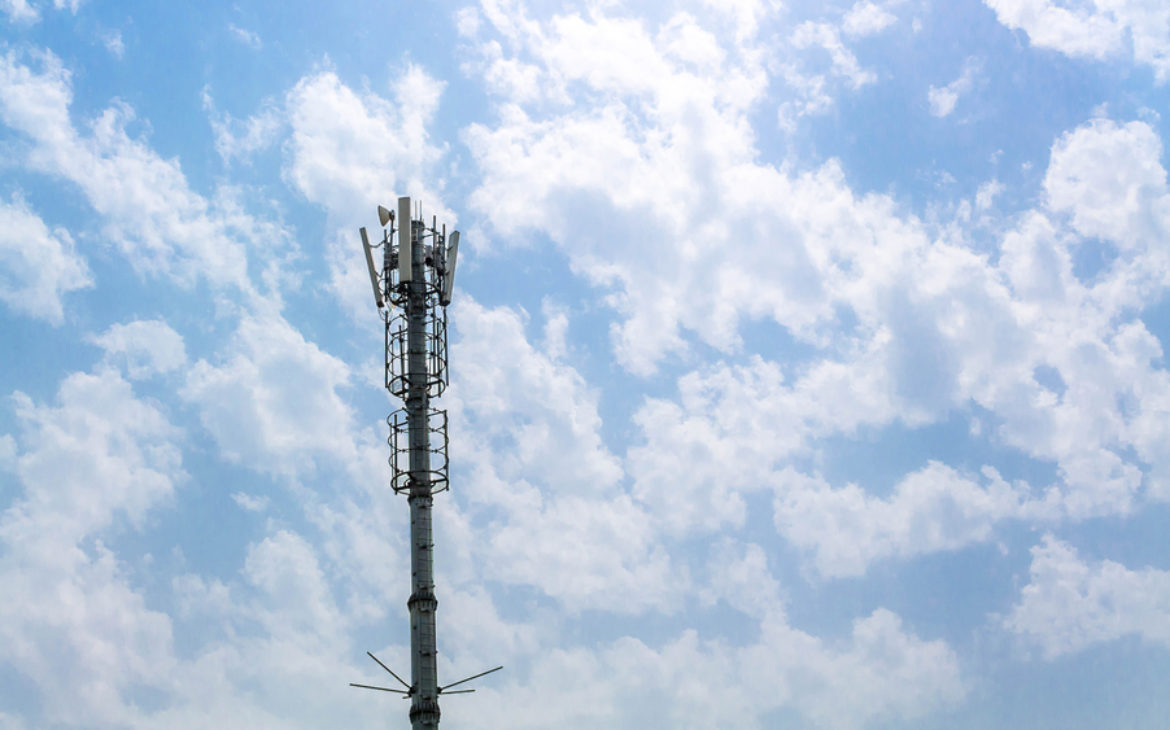With mobile data traffic expected to triple by 2030, communications service providers (CSPs) are seeking innovative ways to enhance network efficiency while reducing energy consumption. Ericsson’s next-generation passive antennas play a crucial role in meeting these demands by offering improved coverage, faster data speeds, and better energy management.
Ericsson Antenna System (EAS) leads the industry in passive antenna technology, with a portfolio covering frequency bands from 600MHz to 6GHz. The system incorporates advanced technologies such as TDD, FDD, multi-beam solutions, and beamforming, ensuring seamless network integration and optimized real-world performance. These cutting-edge solutions strike a balance between speed, coverage, and sustainability, making networks future-ready.
Passive antennas significantly impact 5G network performance by boosting signal strength, minimizing interference, and improving energy efficiency. According to a recent study conducted with global technology intelligence firm ABI Research:
- An 11% increase in beam efficiency leads to an 18% rise in downlink speeds and a 21% increase in uplink speeds at the network’s edge.
- Optimized antenna design can enhance energy efficiency by 7.5% (measured in GB/kWh) and lower radio energy consumption by 29%.
Ericsson is also addressing the growing demand for better uplink performance, particularly as video calls, social media uploads, and AI-powered applications continue to expand. EAS antennas improve user experience by:
- Enhancing signal quality and network stability
- Reducing interference for more reliable connectivity
- Optimizing power efficiency to extend device battery life
- Supporting sustainable networks through energy-efficient design.
As mobile operators strive to lower carbon emissions while maintaining high-quality connectivity, energy efficiency is becoming a top priority. Passive antennas contribute to sustainability by refining beam patterns for more precise signal transmission, reducing unnecessary energy use, and minimizing power consumption for both infrastructure and devices.
“Ericsson is at the forefront of research and innovation in passive antenna technology, going beyond conventional technical specifications to analyze real-world network impact,” says Mikael Eriksson, Head of Ericsson Antenna Systems.
Network impact, measured by performance, sustainability and TCO, is our north star and focusing on this has allowed us to deliver unmatched network impact around the world, in a variety of different deployment scenarios, seeing results of better coverage, improved uplink performance, reduced energy consumption and superior spectrum efficiency.
Mikael Eriksson, EAS
Ericsson’s advanced passive antennas are shaping the future of 5G infrastructure. As networks become increasingly programmable, antennas are key to unlocking the full potential of 5G by ensuring high performance, energy efficiency, and cost-effectiveness. EAS remains committed to driving innovation in antenna technology, helping mobile operators build resilient, efficient, and future-proof networks.
